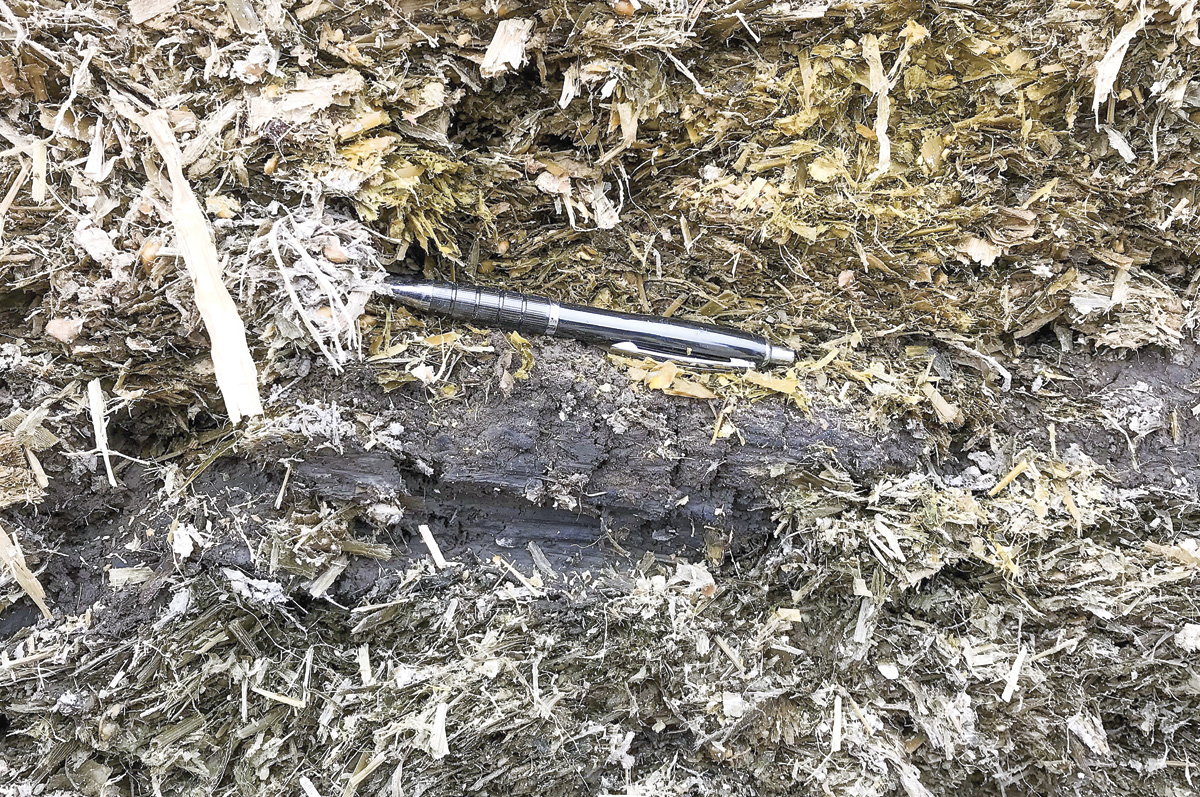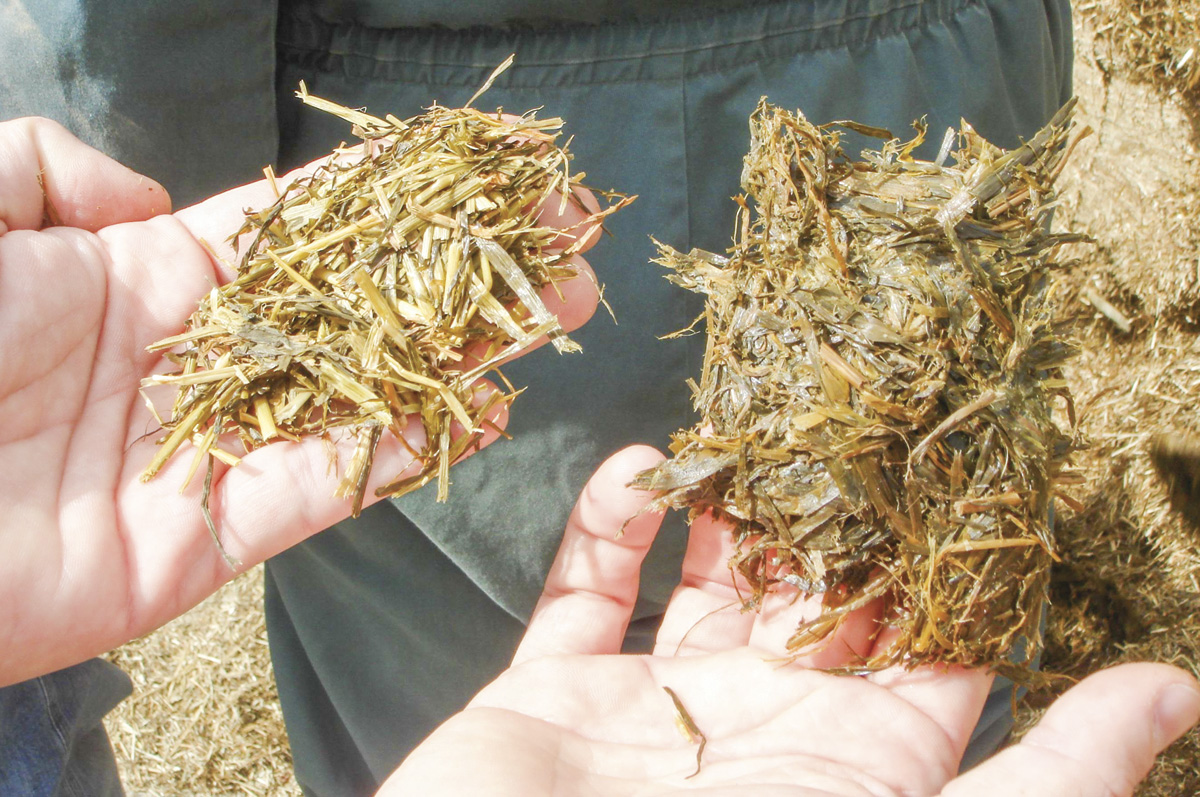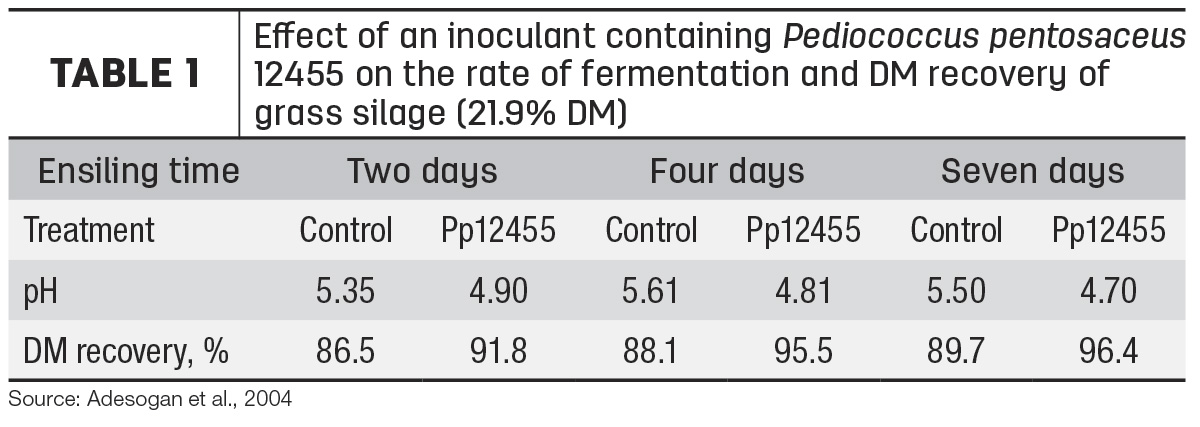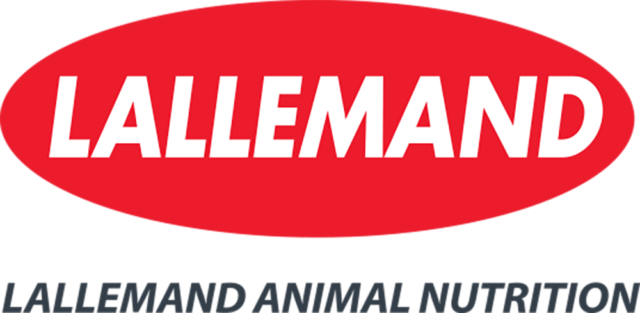To read this article in French, click here.
It’s no secret that feed is one of the biggest investments in a cattle operation. It’s also one of the most important components of keeping the herd healthy and business profitable. At the end of the day, better feed means better outcomes across the board, and ensuring the best quality feed starts with silage.
Clean, hygienic, high-quality silage is crucial to cattle health and is dependent on understanding its proper management. However, contaminated silage remains a huge problem in the industry, with some of the biggest concerns being soil contamination and its consequences. Besides increasing the buffering capacity – i.e., resistance to pH change – of the forage mass due to its chemical properties, soil particles also harbor a wide range of unwanted microbes and introduce them in the ensiling process, especially clostridial spores. Understanding the potential impact on your silage and best practices for prevention can set you and your cattle up for success.
Soil contamination
When it comes to ensuring hygienic silage, one of the most important considerations is soil contamination. Inadequate growing and/or harvest conditions and poor feedout practices are some of the most common reasons for soil contamination.
A sign of soil contamination is the presence of high levels of ash in the forage. The ash content of the silage comes internally (from the plant) in the form of minerals, such as calcium, magnesium, potassium and phosphorus, but also often comes from external sources, such as dirt, bedding and sand on the forage surface. Although the ash content of forage is generally overlooked in lab reports, it can be used to estimate the level of soil brought into the silo with the forage. Preventing soil contamination can be done through several measures, including:
- Avoiding harvesting severely lodged forage
- Setting the cutter bar of a disc mower not too close to the ground (2.5 to 3 inches is advisable)
- Using flat knives on the disc mower, to create less suction and bring less soil with the forage
- Keeping windrow and rake tines off the ground
- Keeping the mowed forage on the top of the stubble, not in contact with the ground
- Storing silage on concrete or asphalt surfaces (Photo 1 below)

Piles and bunkers set on dirt floors may have soil contamination during filling or feedout. Photo courtesy of Lallemand.
Clostridia
Clostridia are the primary concern when it comes to soil-contaminated silage. Clostridial spores are abundant in the environment and therefore in feed, as they are resistant to heat and other treatments. Much like other soil contaminants, clostridia can be spread through contaminated equipment and inadequate silage management practices.
Clostridia are sensitive to low pH, a fact that helps explain the issue of soil contamination. As spores are added through the soil particles, the added soil delays the pH drop. Clostridia are also more active in low-dry-matter (DM) crops, whose ensiling results in a more prolonged fermentation and slower pH drop. Additionally, there should be adequate amounts of fermentable substrates (simple sugars) for the lactic acid bacteria to produce the preserving lactic acid; therefore, monitor attentively the wilting condition (time, weather), and avoid slow or delayed filling.
Clostridial fermentation can be detected in silages by its foul smell, slimy appearance and dark coloration (Photo 2 below). This strong odor can also cause animals to refuse the silage altogether. One reason for the nasty odor is butyric acid, produced from clostridia fermenting sugars or lactic acid, which also involves substantial DM and energy losses. Moreover, some clostridia species ferment amino acids, producing toxic amines (e.g., cadaverine from lysine and putrescine from arginine) and ammonia-N, so the odor could be more putrid or fishy, respectively, depending on the type of clostridia and subsequent fermentation profile.

Small-grain silage, normal (left) and contaminated with clostridia (right), is pictured. Photo courtesy of Lallemand.
Clostridia can wreak havoc on cattle digestive systems, resulting in poor weight gain or reduced milk production and metabolic diseases, such as ketosis.
Clostridial fermentations can be prevented through proper management practices. A pH level below 5 starts slowing down their growth, but the critical pH to inhibit them depends on the type of the crop and its DM content at harvest. Clostridium tyrobutyricum is a common species found in silage and the most acid tolerant, so an effective pH to control it should be between 4.3 and 4.5.
It is also recommended to ensile forage crops at a minimum of 35% DM since clostridia species have high water activity requirements for growth. In regions with a history of soil contamination and clostridia activity, such as in the Pacific Northwest, it is advisable to ensile at 40% DM. Ensiling drier forages might lead to packing challenges – especially with small-grains crops, which have hollow stems – but, as the late Dr. Keith Bolsen once told me, “I’d rather deal with high porosity and feedout instability than with a clostridial disaster.”
Beyond preventing disease, ensuring clean silage will also improve its smell and appearance, increasing palatability and helping sustain dry matter intake (DMI). Good management practices – such as proper ensiling, regular cleaning and maintenance of facilities and equipment, and monitoring feed and water sources – go a long way in the fight against contamination.
Managing your silage
To prevent contamination, it’s important to properly store and handle feed and silage. It all begins with prioritizing hygiene. Critical steps for properly ensiling your forage crops include: harvesting at the right stage of maturity and ensiling at target DM content, prioritizing proper packing and sealing quickly, storing in clean and dry areas, regular inspection and, just as importantly, using a high-quality inoculant.
Inoculants protect your silage pile from naturally occurring and pesky microbes (i.e., spoilage yeasts, bacteria and mold) by adding beneficial bacteria for this process. The right inoculant will maximize DM and nutrient retention while maintaining feed digestibility and ensuring aerobic stability. In addition, the ensiled crop will have good hygienic characteristics.

Research from the University of Florida (Table 1) shows that inoculated grass silage, ensiled at only 21.9% DM, had a faster rate of fermentation (pH drop) and greater recovery of DM during the first week of storage than untreated silage. Saving 5 percentage points alone on shrink is enough for a return on investment of 4 to 1 in this case (assuming the silage is valued at $75 per ton). Furthermore, at 60 days silo opening, untreated silage had 2.31% of butyric acid, which confirmed clostridia activity in that treatment, while inoculation led to none in the silage.
Preventing silage contamination requires attention to detail and good management practices, and although it goes a long way in ensuring cattle health, it isn’t the only piece of the puzzle. Many producers know that even the best silage can benefit from a boost from feed additives. But before you can get there, you’ve got to start with your silage. Thankfully, with the right tools and commitment to quality, producers can set their silage, cattle and business up for success.










